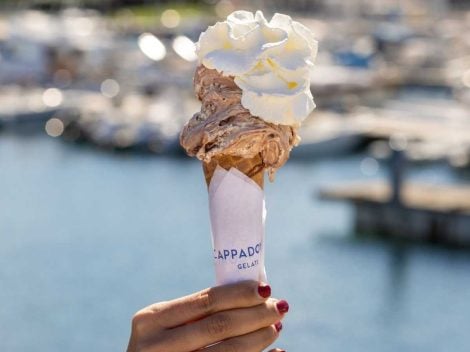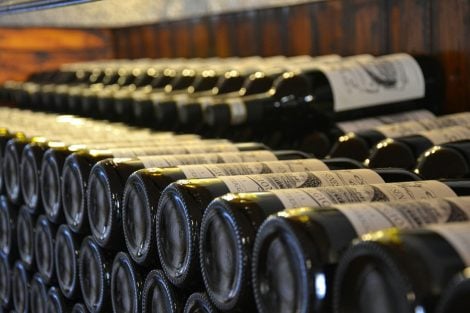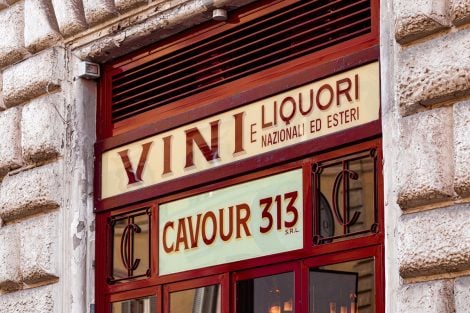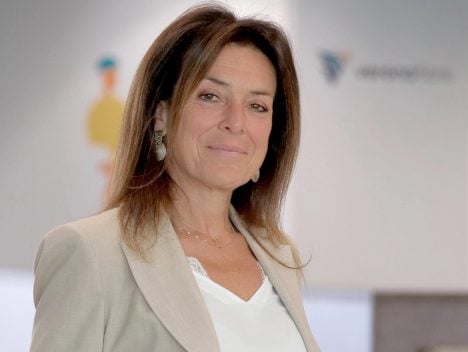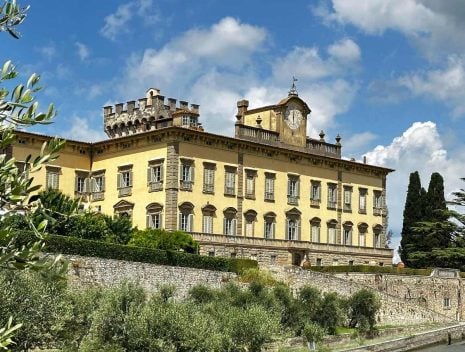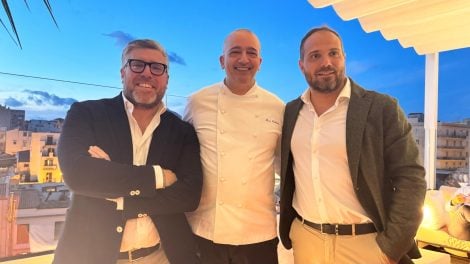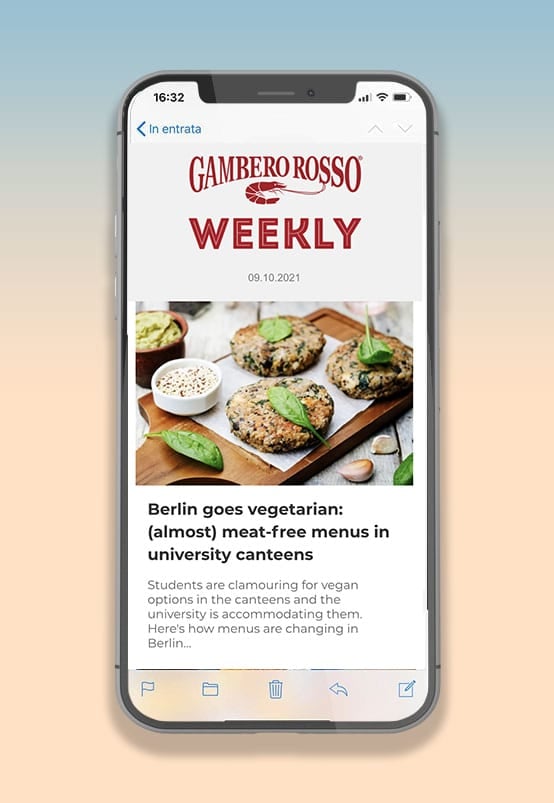It's been only five years since Tanita Danese officially joined her family's winery, Fongaro Spumanti in Roncà, but she already seems to have a whirlwind of clear ideas. First and foremost, she firmly believes she will always produce exclusively traditional-method sparkling wines from the Durella grape. Secondly, she acknowledges this path won't be easy. Since the early 1970s, the winery in Roncà, which has 12 hectares of vineyards, was among the first to believe in the potential of the native Durella grape and the Lessinia territory for producing sparkling wines solely via the traditional method (its Lessini Durello Pas Dosé Nera Riserva 2016 received Tre Bicchieri in the Vini d’Italia 2025 guide).
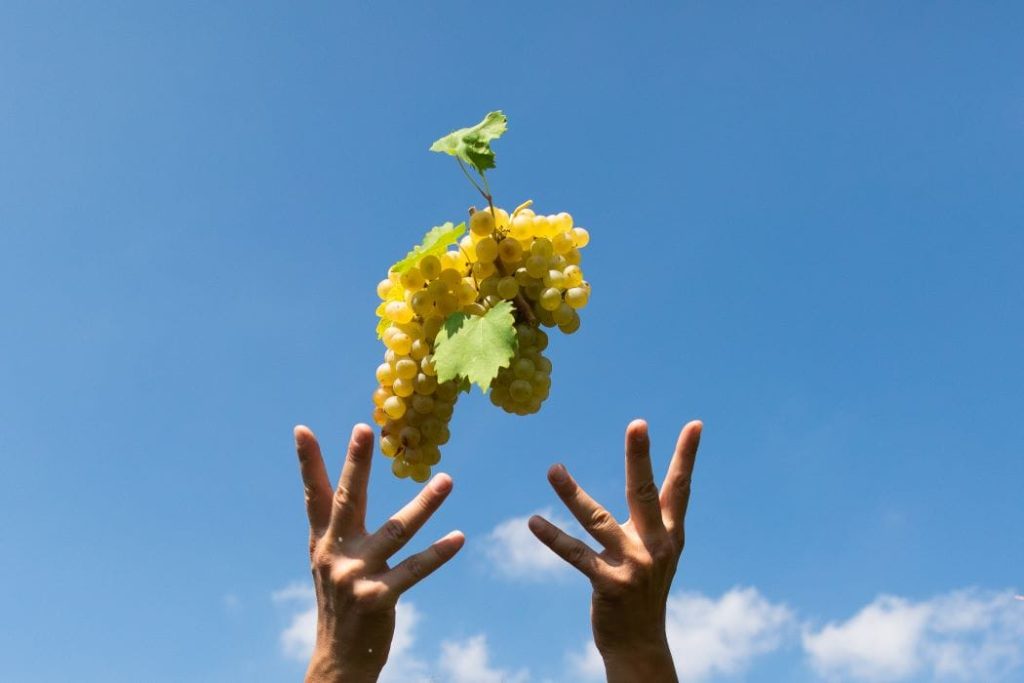
The Durella Grape
Durella is a vigorous, resilient grape variety traditionally trained in the Veronese pergola system. It thrives in high-altitude hillside areas with light soils, which is why it has found its ideal habitat in the volcanic, basalt-rich soils of the Monti Lessini, between Verona and Vicenza. Its rediscovery began in the 1960s, but until the 1980s, it was mainly used in blends for still wines or sparkling wine bases. Only in recent decades has it been truly appreciated, thanks to meticulous single-variety vinifications and the growing interest in sparkling wine production. Its name derives from its thick skin, which is rich in polyphenols, and its vibrant acidity, making it particularly suited to sparkling wine production.
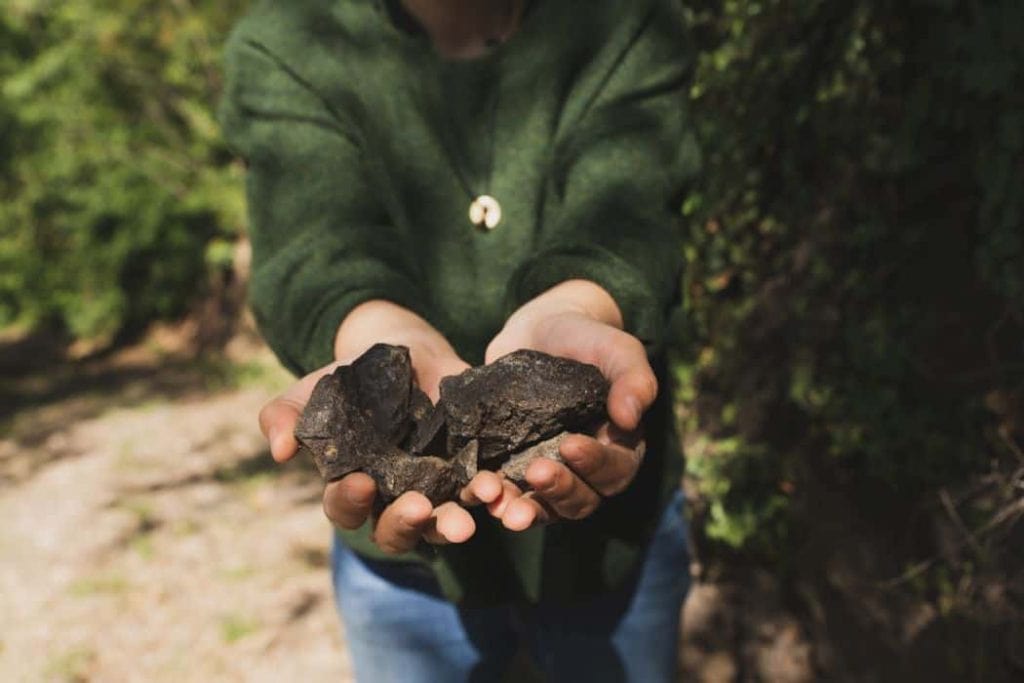
Durello sparkling wine must contain a minimum of 85% Durella grapes, with optional additions of Chardonnay, Garganega, Pinot Bianco, and Pinot Nero. Thanks to its lively freshness and acidity, the grape performs well in both the traditional and Charmat methods. However, recent updates to the production consortium’s regulations have created two distinct DOCs for these methods: the Charmat method falls under the Lessini Durello DOC, while the traditional method is now known as Monti Lessini DOC. The difference between the two styles is pronounced: the Charmat method produces more immediate and fragrant wines, while the traditional method yields deeper, more refined expressions. In both cases, however, Durella retains its unique identity.
How did your passion for wine, and particularly for Durella, begin?
I grew up surrounded by vineyards and wine, but honestly, I always hoped I wouldn’t end up doing this job. I never had a bucolic or romantic vision of viticulture—it was just land and hard work to me. I was born in a village a few kilometres from Roncà, in the province of Verona, where our winery is located, and I found the idea of being born, living, and dying here quite disheartening.
So what motivated you to stay in Lessinia?
It wasn’t really a leap of passion—it was more of a boomerang effect. My desire to escape was so strong that I came back just as quickly. After finishing high school, I went to Padua to study philosophy at university. I graduated and thought to myself, "What am I doing?" So, I returned to Roncà, completed a master’s in economics, then another in oenology, and I’m currently enrolled in a degree programme in oenology. Officially, I’ve been in the business for five years with a decision-making role, but in reality, I’ve been involved for much longer.
How was Fongaro Spumanti founded?
Our winery has been active since 1975 and is built on three key bets. The first is the grape variety, Durella. In the 1970s, instead of uprooting Durella to plant Garganega, we did the opposite. The second is the decision to focus exclusively on sparkling wines—particularly those made using the traditional method. And the third is our commitment to fully organic farming, which we’ve adhered to since 1985, at a time when it was still very rare in northern Italy.
What is the production landscape for Durella in its growing area?
There’s an odd duality. Ours is Veneto’s first inter-provincial denomination, spanning Verona and Vicenza, with 70% of potential vineyard area in Vicenza and 30% in Verona. In practice, though, it’s the opposite: 70% of vineyard area is in Verona, and 30% is in Vicenza. This is because the Durella growing area originally developed around Calvarina, a mountain that now stands at 650 metres but was once one of Europe’s tallest volcanoes. Historically, Durella thrived on the Veronese slopes of Calvarina. Fongaro Spumanti is located in the easternmost valley of Verona, the Val d’Alpone, named after the river that runs through it.
Why did you choose to dedicate your vineyards exclusively to Durella and the traditional method?
I fell in love with this grape because I believe it has unique qualities. It’s a grape meant for sparkling wine, and, agronomically speaking, it’s one of the few varieties harvested fully ripe for sparkling production. It has tremendous potential and can deliver outstanding results. Of course, it has its challenges, but those can also become strengths. We are a niche player. As a denomination, we produce roughly one million bottles a year, and we need to leverage that exclusivity to position and promote ourselves.
In Lessinia, only 25% of production follows the traditional method, while the rest uses the Charmat method. What are the differences?
Many years ago, we were considered crazy for this choice. We’re the zealots of the denomination—just kidding! (laughs). It was definitely an extreme choice, and we’re one of the largest producers, with about 70,000 bottles a year across five labels. Durella processed with the traditional method has something extra. Theoretically, 75% of Charmat production is managed by cooperative wineries, which account for about three-quarters of this share.
How is consumer taste for Lessini Durello sparkling wine evolving? What trends are you noticing?
In the past ten years, Lessini Durello has started to make strides in the market. The wines have evolved—they’re no longer rustic or unpolished. We started with just three producers; now, there are 40. And more and more young winemakers are turning to Durella as a sparkling wine grape.
How have climate changes affected and influenced Durella?
This might sound a bit politically incorrect, but climate change hasn’t been all bad for us. Thanks to the changing climate, we’re producing more elegant and balanced wines. There’s a clear distinction between pre-2000 and post-2000, and climate change (not extreme events, of course) has contributed positively. Chardonnay growers might need to plant on Mount Everest soon, but we’re fine with Durella in the Po Valley.
Let’s talk markets. How does Durello compare to other Italian sparkling wines?
It’s growing but remains a local market, especially in Veneto, where Verona and Vicenza account for over 50% of total sales. For our winery, 80% of sales are in Veneto, and 20% are in the rest of Italy—mainly Emilia-Romagna (Parma especially), Milan, Turin, and Rome. Many mid-to-high-end venues choose us. The key is building awareness: we have a strong product but not a strong brand.
And what about foreign markets?
Currently, Japan is our top market, followed by Switzerland, Germany, Estonia, the United Kingdom, and the United States (we’re in about nine states).
Is there an international market you’d like to enter in the future?
I’d like to expand into Canada and Northern Europe, where there’s greater appreciation for organic wines. I don’t aim to become a massive company. I want a winery that’s sustainable both economically and socially.
Would you ever produce a non-alcoholic Lessini Durello sparkling wine?
I wouldn’t rule anything out. If a winery sees opportunities, they should pursue them. However, as a traditional-method producer, we face challenges with the second fermentation. I’m still sceptical about the results—I haven’t tasted a good non-alcoholic wine yet. Maybe low-alcohol wines could be an option, and we’re experimenting with something along those lines. We’ll see how it turns out.
Where do you see this grape variety in ten years?
I hope it remains a niche variety because production won’t increase, and that should become our strength. What we need is a major investor to come here—that could be a great opportunity. As for Fongaro Spumanti, I hope to become a pioneer in promoting and raising awareness of this denomination.

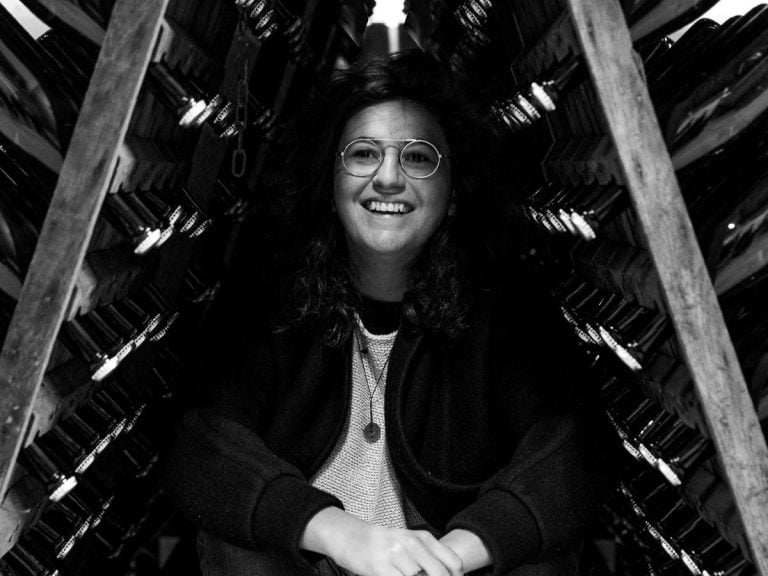
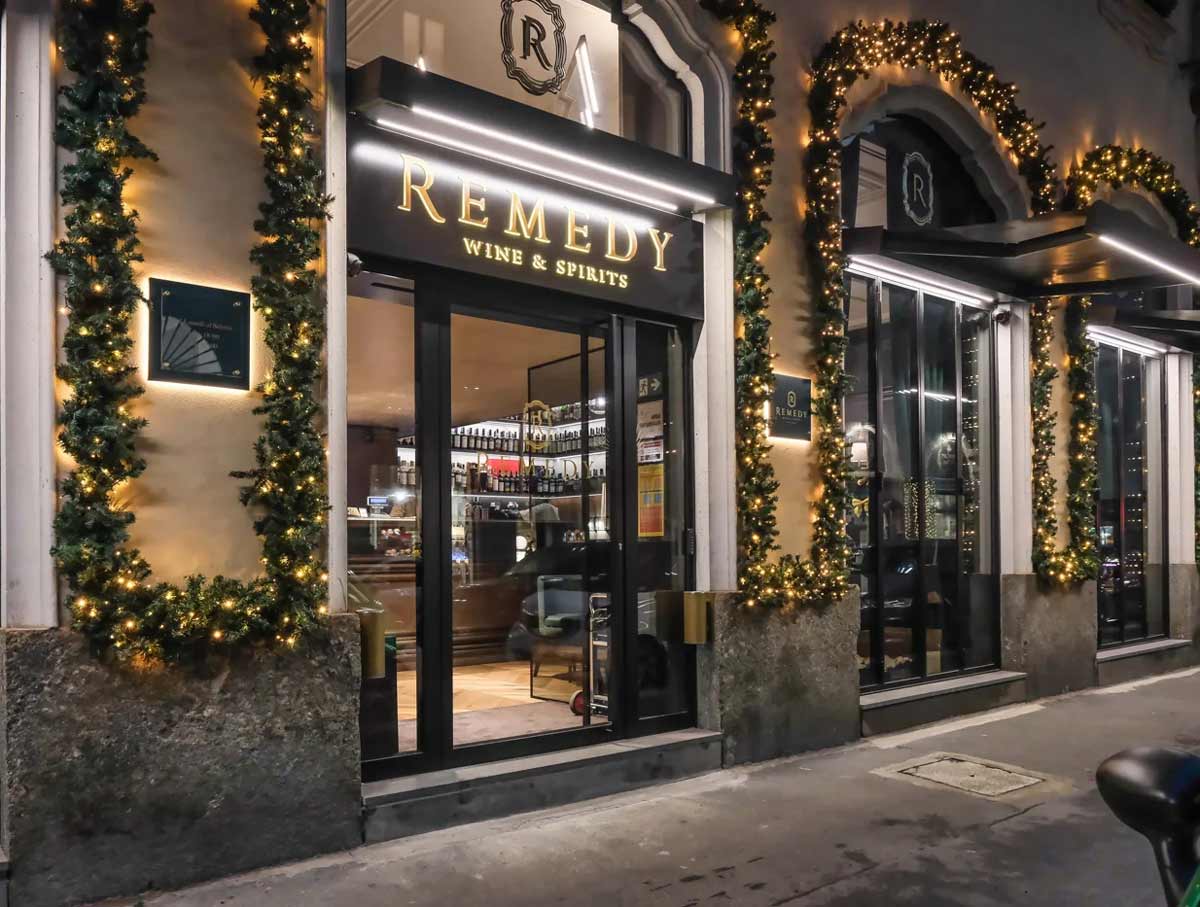 Six thousand wines and two thousand spirits. The story of three friends who opened their dream venue in Milan
Six thousand wines and two thousand spirits. The story of three friends who opened their dream venue in Milan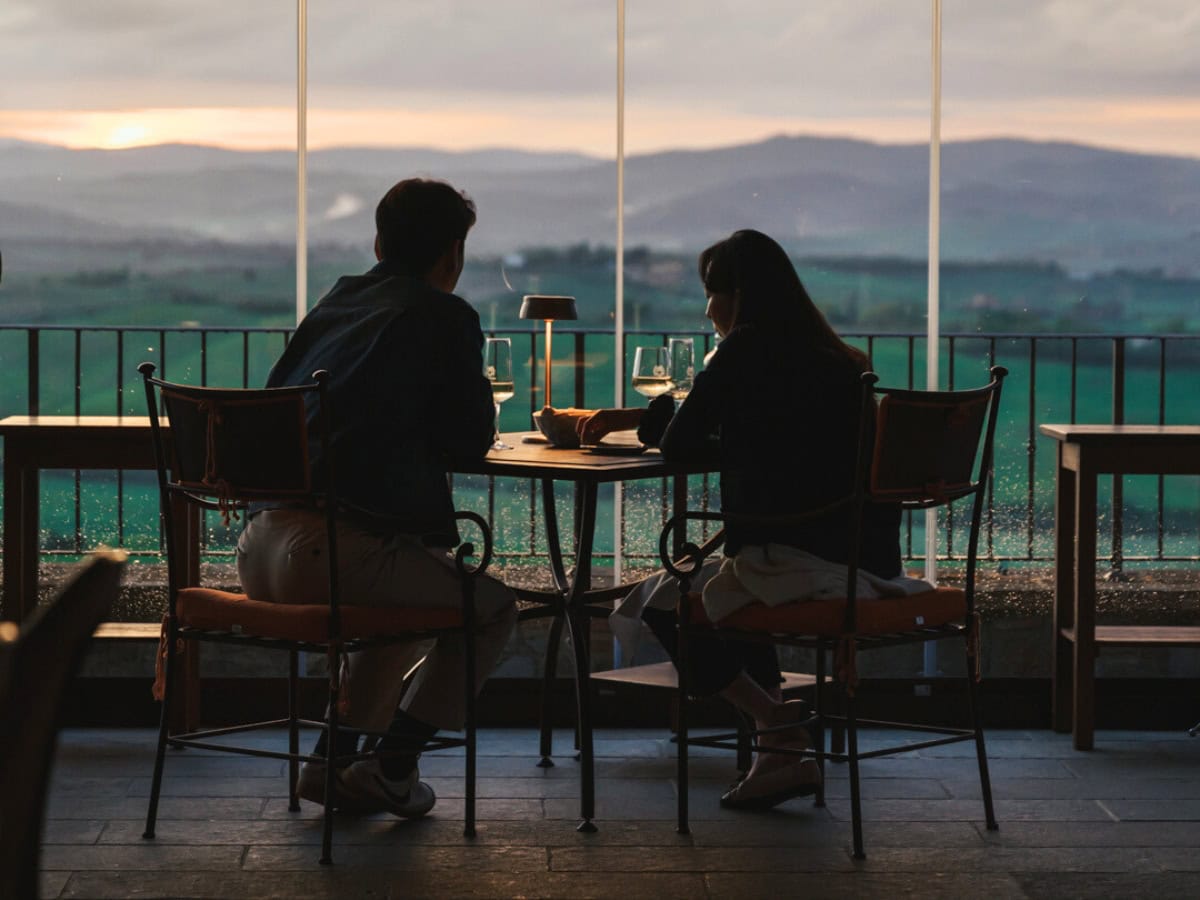 In Val d’Orcia, a winery is ready to dazzle with haute cuisine. Here's the new opening aiming high
In Val d’Orcia, a winery is ready to dazzle with haute cuisine. Here's the new opening aiming high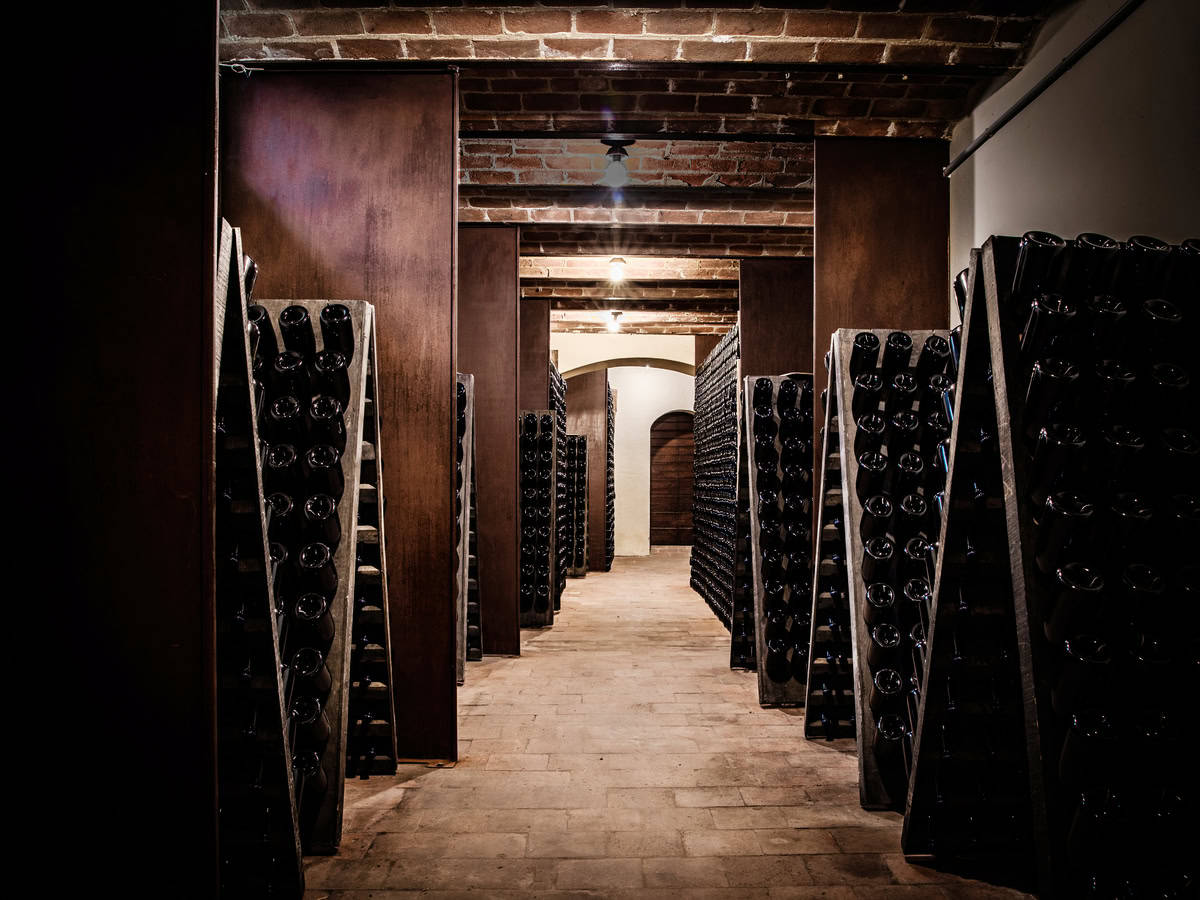 For Alta Langa, the spotlight moment has arrived, but a shared identity must be found
For Alta Langa, the spotlight moment has arrived, but a shared identity must be found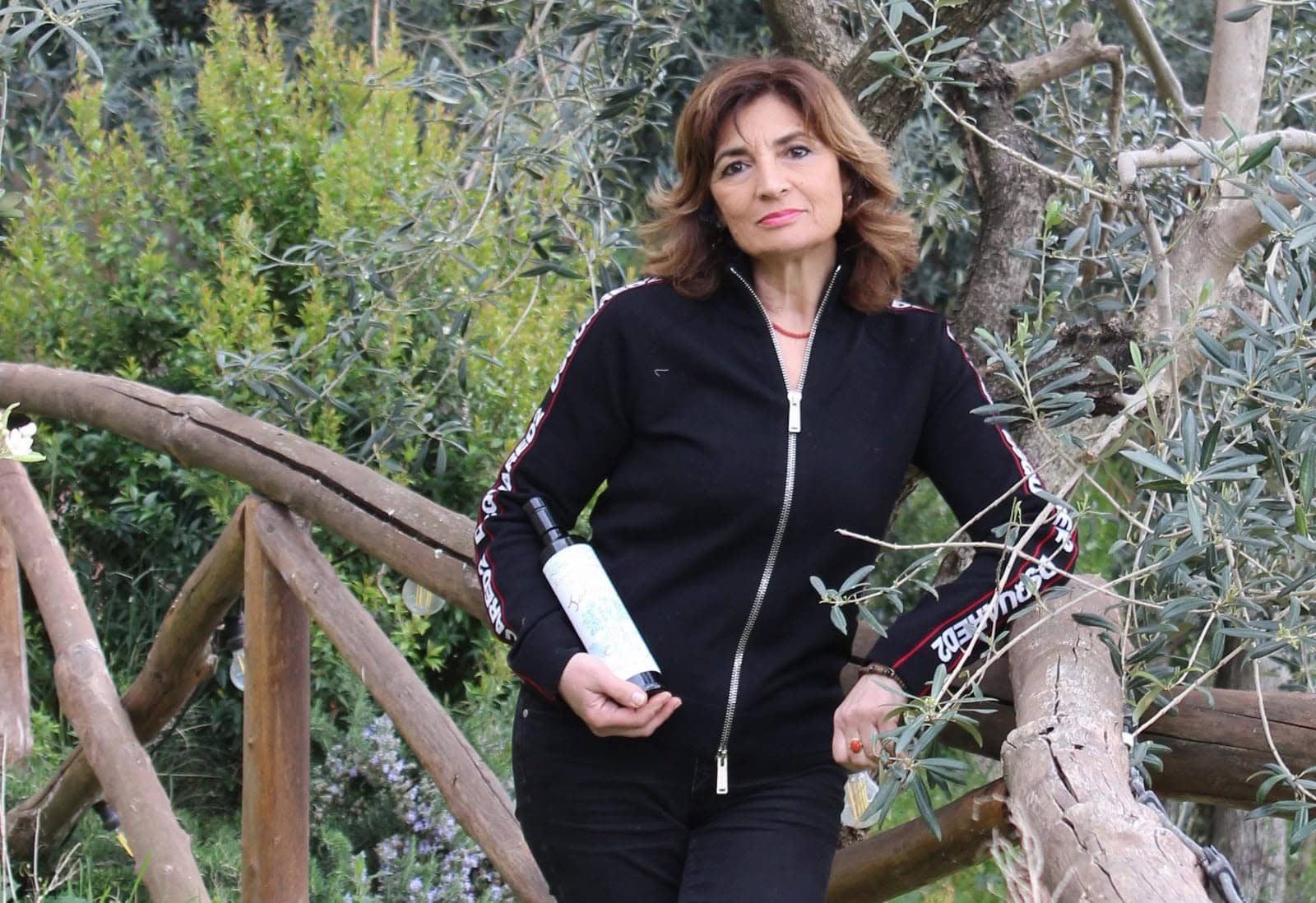 The woman who reclaimed a centuries-old abandoned olive grove on the Sorrento coast
The woman who reclaimed a centuries-old abandoned olive grove on the Sorrento coast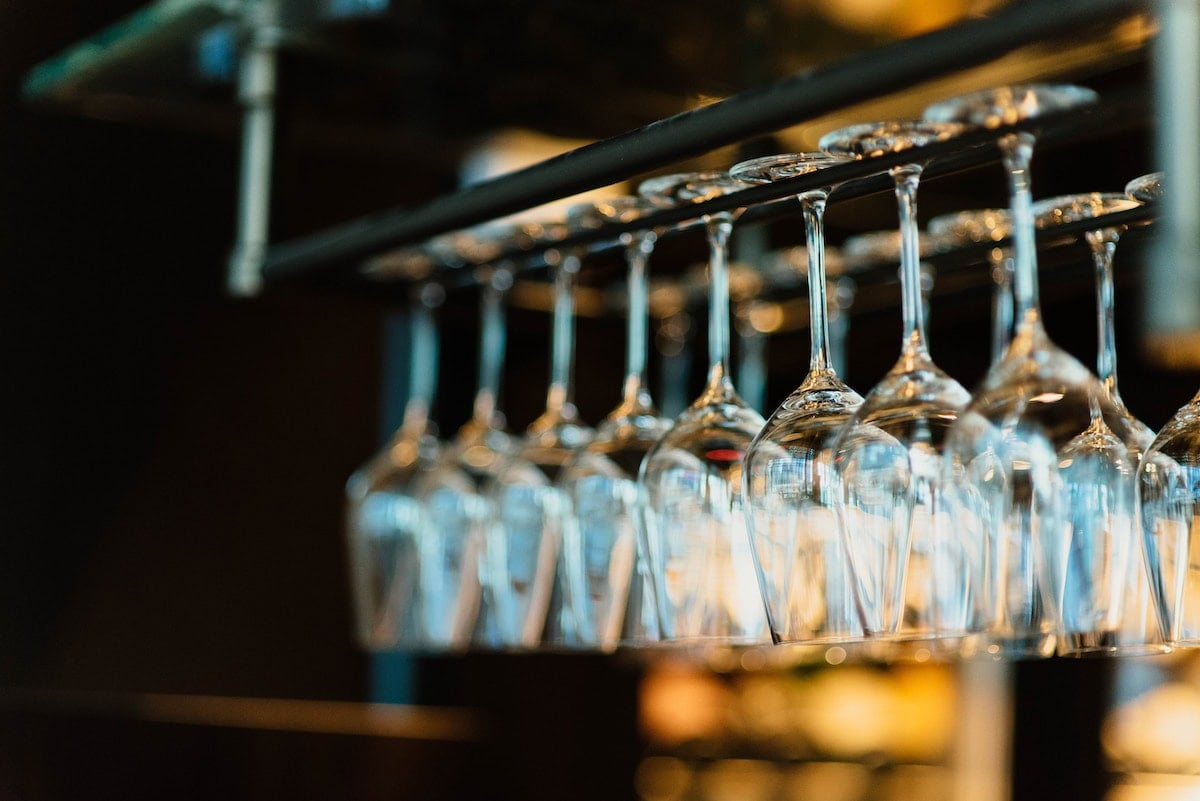 "Wine consumption in recession. Pre-tariff stockpiling misled the markets." UIV's message to policymakers
"Wine consumption in recession. Pre-tariff stockpiling misled the markets." UIV's message to policymakers